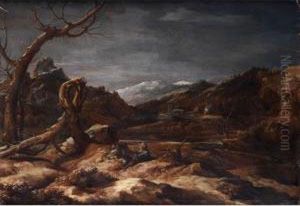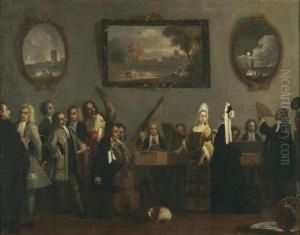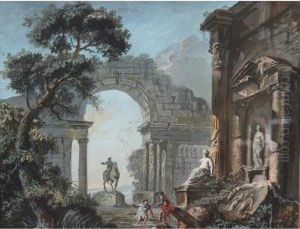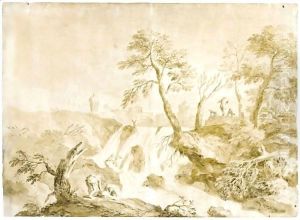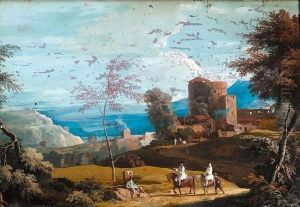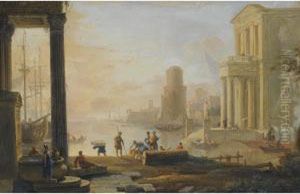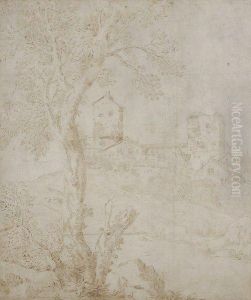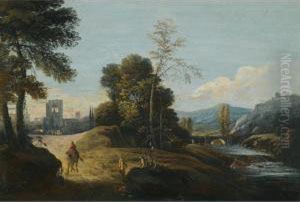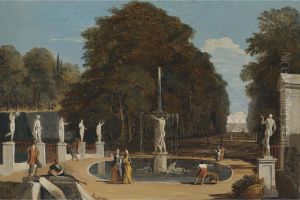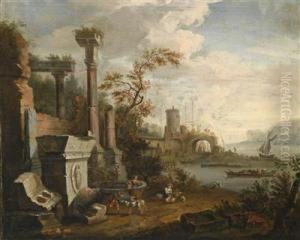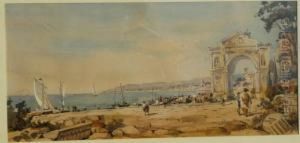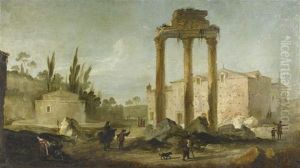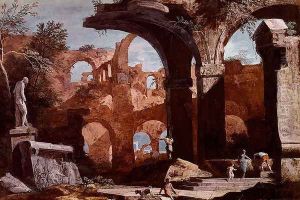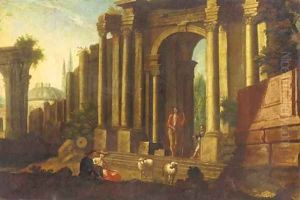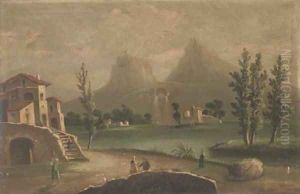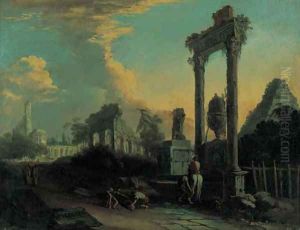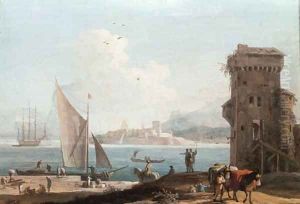Marco Ricci Paintings
Marco Ricci was an Italian painter of the Baroque period. He was born on June 5, 1676, in Belluno, a town in the Venetian territory, and died on January 21, 1730, in Venice. Ricci came from an artistic family; his uncle, Sebastiano Ricci, was also a prominent painter.
Marco Ricci is particularly noted for his landscape paintings and for being one of the early artists to introduce the genre of the capriccio, a type of painting depicting architectural fantasies, often ruins or a mix of real and imaginary buildings. His works are characterized by their dynamic compositions and skillful use of color, which had a significant influence on later landscape painting in Italy and beyond.
Initially trained by his uncle, Marco developed his style by combining his interest in landscapes with the influence of the Venetian School, especially the works of Paolo Veronese and the vivacity of color seen in the paintings of his contemporaries. Ricci spent a significant part of his career in England, where he worked for a while with the stage designer and painter John Baptist Medina. During his stay, he painted several canvases and worked on stage designs, which influenced the development of British landscape painting and theatre scenery design.
Upon his return to Venice, Marco Ricci continued to work prolifically, creating numerous canvases for collectors and patrons. His landscapes were innovative in their depiction of nature and atmospheric effects, which paved the way for the later vedute (view) painters such as Canaletto and Francesco Guardi.
Ricci's work was not limited to landscapes; he also painted historical and biblical scenes, but these were less influential on his contemporaries and posterity. His legacy lies primarily in his contribution to the development of landscape painting and the genre of the capriccio, which would become more prominent in the 18th century.
Unfortunately, Marco Ricci's life and career were cut short by his premature death at the age of 53. Despite this, his work left an enduring mark on the art of his time and has been appreciated by generations of art lovers and historians.


